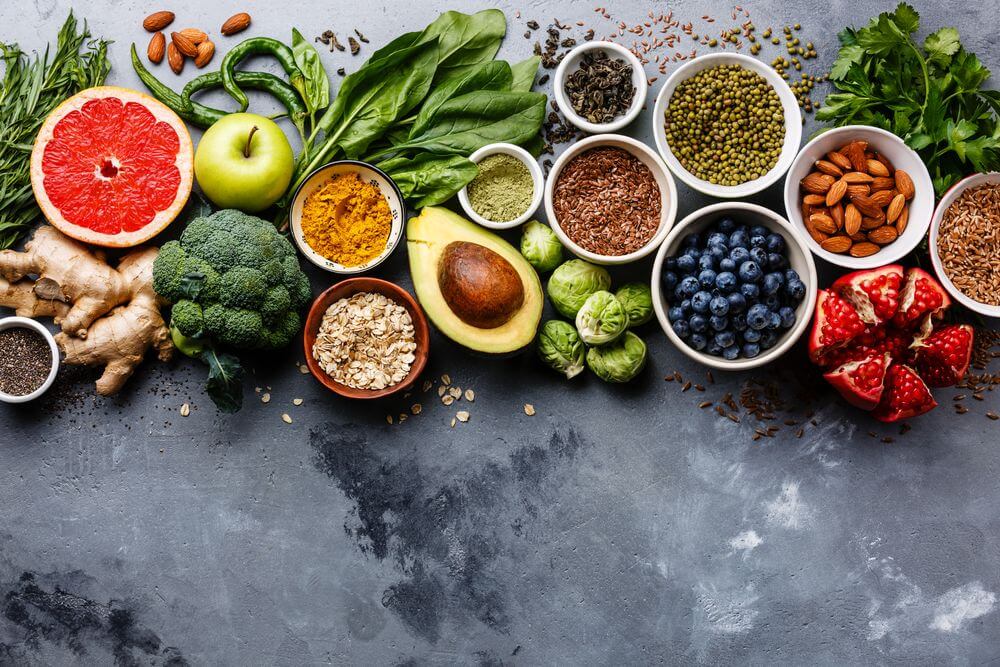Suppose you are a food blogger, an aspiring food blogger, or just generally reading about food. In this case, the article is something you should read till the very end cause we’re going to be discussing the different types of foods, cuisines, and much more—also, their bifurcation on various parameters.
“Yummy!” says the food blogger as they take a bite of a rare delicacy and make the mouth water of everyone watching the video across the internet.
Foods of the world have been associated with their taste since as long as Homo Sapiens have searched for and started cooking their food.
So pick up your plate, grab that fork, get comfortable, and dive into the world of taste!
The Basics of Food Genres
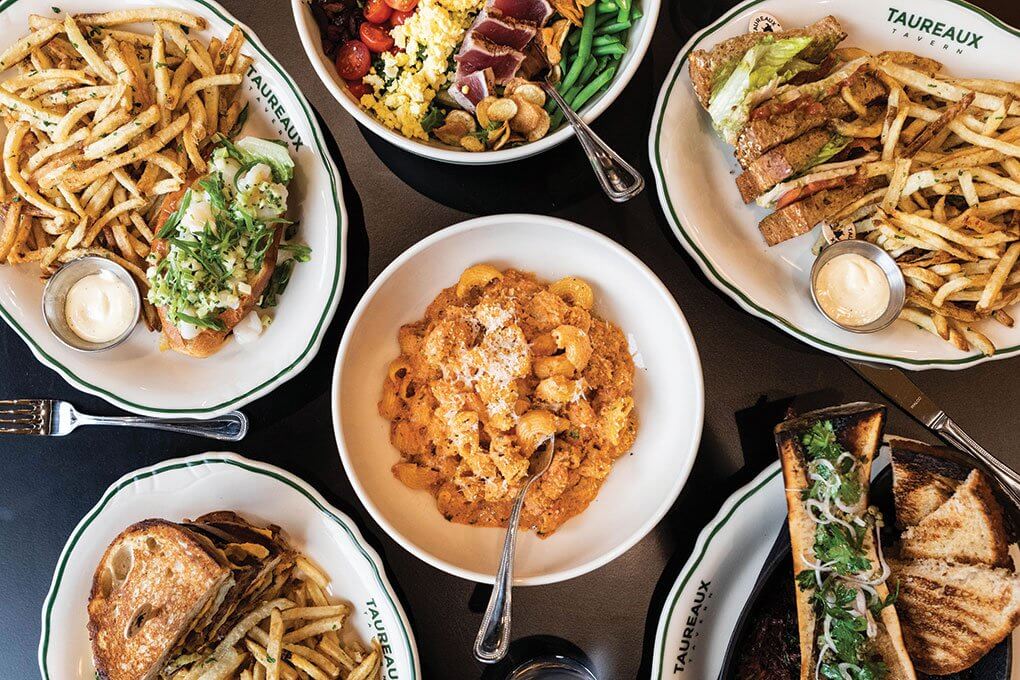
Saying it’s just ‘types of food’ might be an oversimplification cause food genres are so much more than that. Going by the book, cuisine is the word widely used in place of ‘food genres,’ and it refers to what is being cooked.
How is it being cooked? How is it to be eaten? And What does it taste like?
Let’s understand it further by bifurcating it into further categories. Food, when it is to be categorized, refers to the word cuisine, and even cuisines are further divided based on various parameters.
Below is a tasty analysis of the same:
1. Based on Region
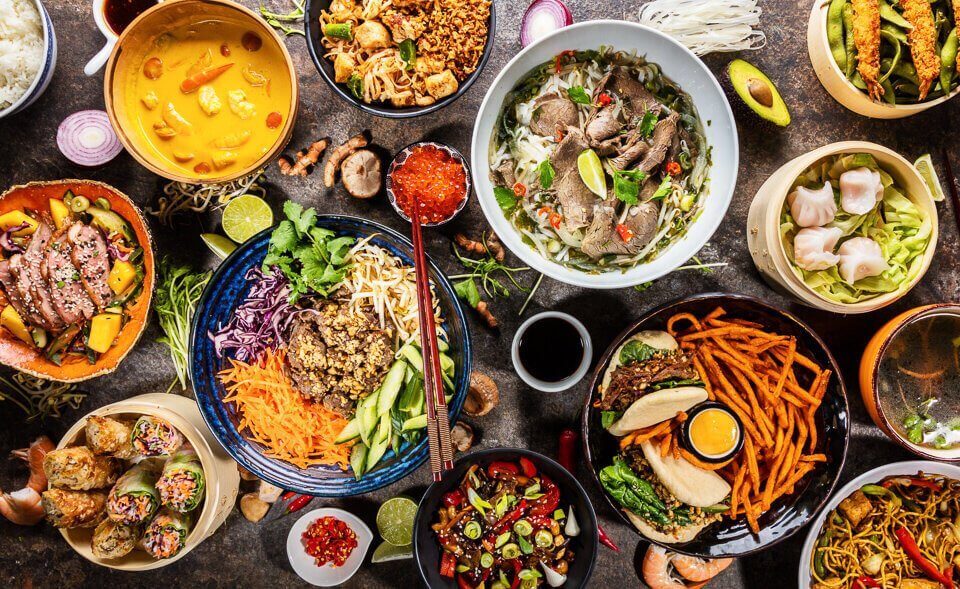
When labeling food according to its region of origin, we refer to it as ‘regional cuisines,’ for example, Italian, Greek, Spanish, Indian, Japanese, Chinese, etc.
Regional cuisine gives us an idea of where the food originated, so we already know how it might taste, the ingredients used to make it, and the practices involved in preparing it.
So, if we tell you about Indian cuisine, your mind will start racing toward delicious and spicy curries primarily made with rice or flatbread.
2. Based on Ethnicity
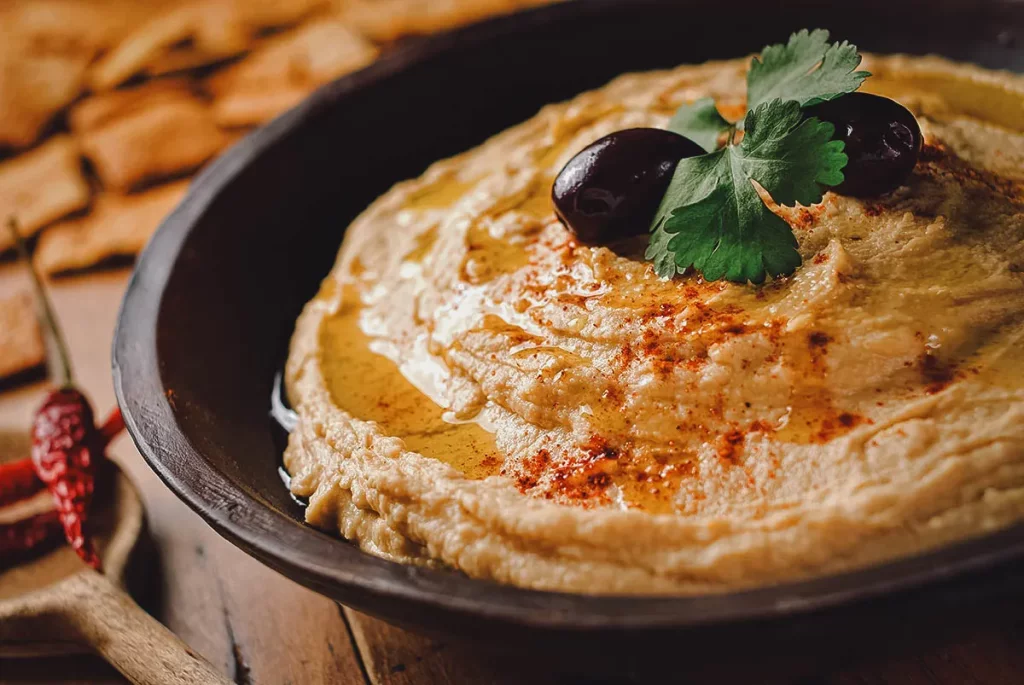
When culture and heritage get involved with food outside of the specific ethnicity, we start referring to various cuisines based on their ethnic origins.
To provide a perspective, if you’re from the United States, you’d refer to foods outside of the U.S. based on the ethnicity of their origin, like Mexican food, Thai food, Lebanese food, etc.
We generally do this because the ethnicity of the food makes it much simpler to talk about a specific dish concerning its birthplace.
We observe worldwide that the ethnicity of food is more about the preparation process, the cooking of food, the presenting of the food, and the manners and customs surrounding a specific dish.
3. Based on Preference
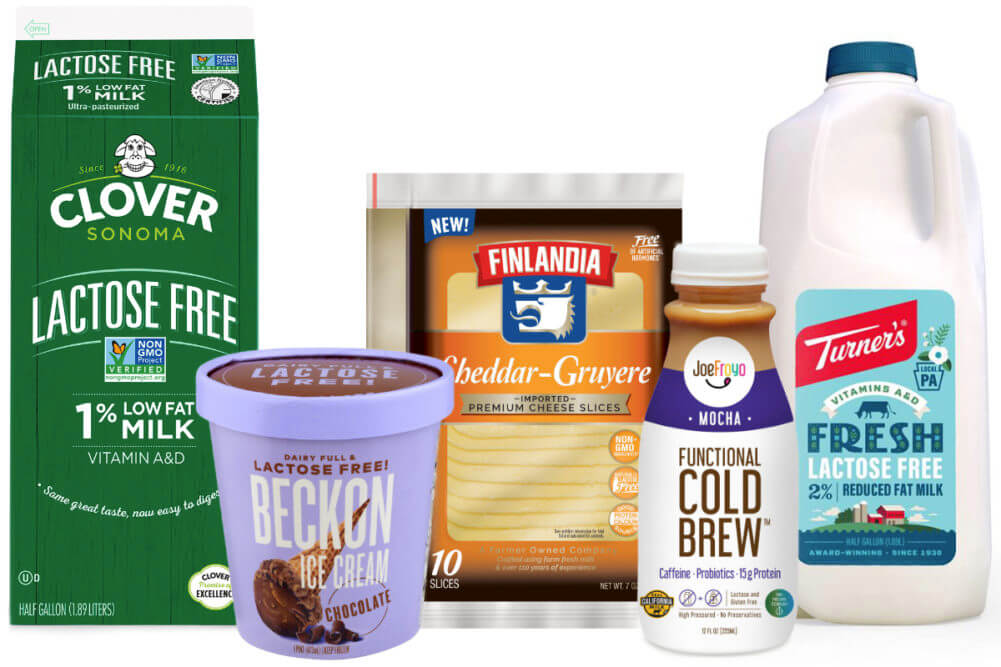
When referring to food as non-vegetarian, vegan, vegetarian, gluten-free, fat-free, or protein-rich, we are categorizing them based on the diet preference of an individual.
People across the globe have different diet preferences based on several factors, such as their lifestyle, religion, culture, certain allergies, etc.
For example, we now see so many people preferring ‘lactose-free’ milk because they are lactose-intolerant, i.e. their bodies find it difficult to digest food that has lactose in it, but when you think about it, Lactose is the most basic element of milk. Similarly, the popularity of ‘gluten-free ice cream’ has surged, catering to individuals with gluten sensitivities or celiac disease, who must avoid gluten-containing ingredients like wheat, barley, and rye to maintain their health.
With the help of modern science, we can now produce milk free of any lactose. Tastebuds, delighted!
4. Based on The Cooking Process

Yes, how it’s cooked is another parameter of categorizing various dishes into cuisines, and certain people across the globe prefer to eat food that’s cooked in a specific manner only.
Examples of this type of cuisine would include grilling, steaming, baking, frying, roasting, poaching, etc.
The same type of base ingredient, for example, chicken, tastes different when cooked with different processes, which is one major reason for bifurcation based on how food is cooked.
A real-world example would be the difference in chicken taste when grilled vs. fried. Mouth-watering, right? Ours too!
5. Based on The Time of Consumption
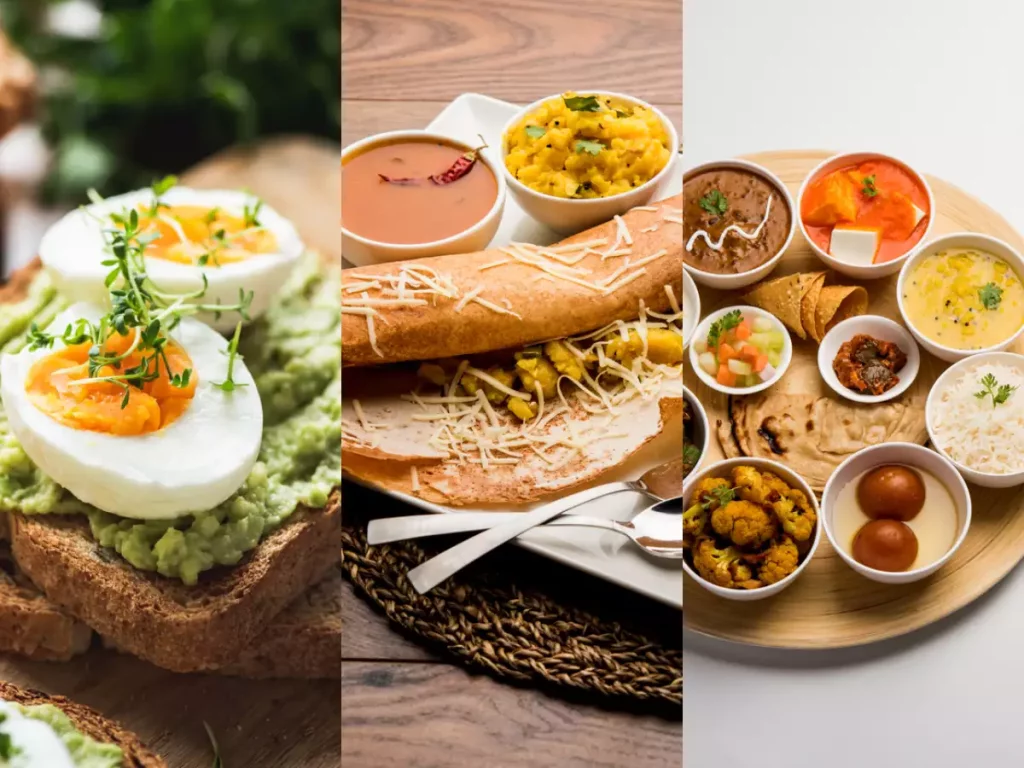
This one’s very easy: breakfast, lunch, and dinner, and there’s also brunch and dinner. Brunch is a modern-day amalgamation of breakfast and lunch.
For a better understanding, imagine waking up late on Sunday at around 11 AM. That’s not the time for breakfast, but it’s also too early for lunch, so how about a Brunch?
As for dinner and dessert, we’re more than familiar with them; chances are, you’re reading this delicious article post-dinner.
6. Based on The Style of Food
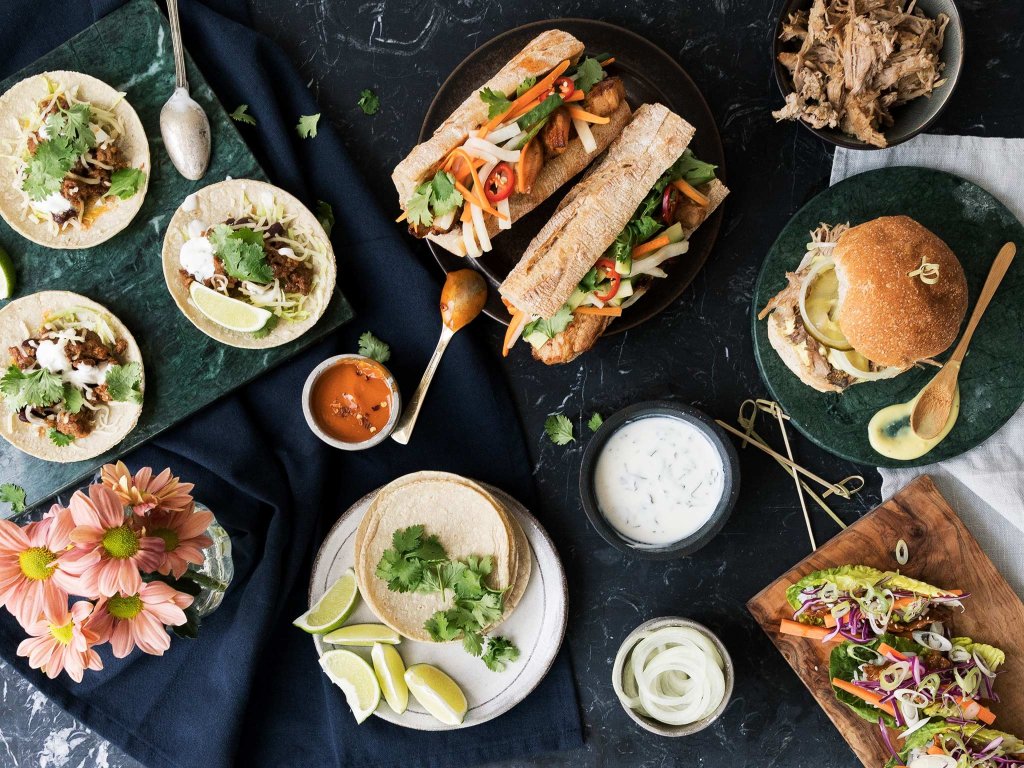
The food served in a high-end restaurant is so different from what’s served by a stall on the side of a road, and that’s how we categorize them based on style, namely, street food, fine dining, fast food, comfort food, etc.
There is no better example of this than hot dogs!
Conclusion
All in all, we have discussed a lot about food and its types, the different cuisines, and the basis of the different categories of dishes in various cuisines. We talked about the regional, ethnic, style, cooking practices, and many more basis for categorization.
If you think about it, there is a certain sense of identity, culture, and heritage involved in various dishes across the globe.
These give the food and the people who prepare it the due respect and appreciation they deserve. So go out there and indulge in taste cause life’s short, and the list of dishes to try is very long!
Bon appetit!

